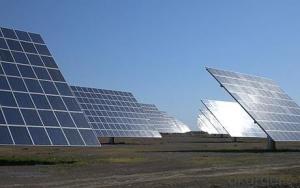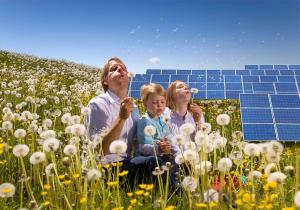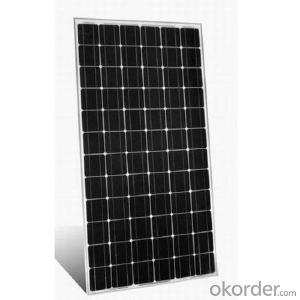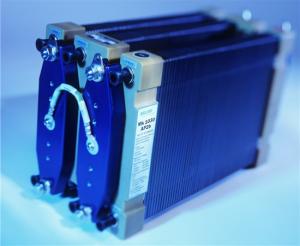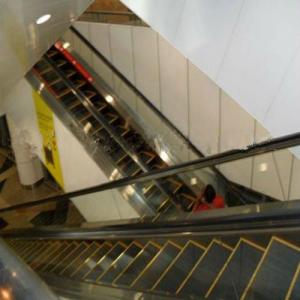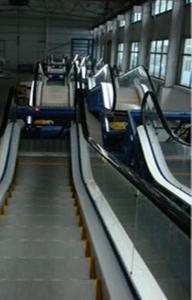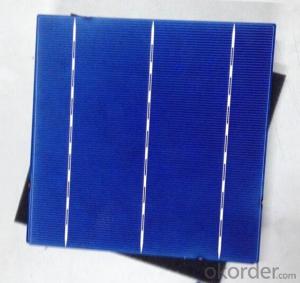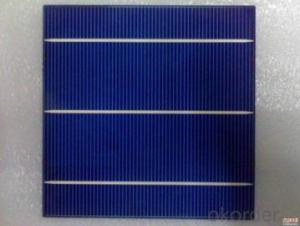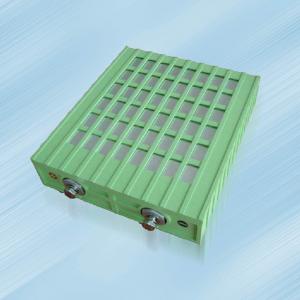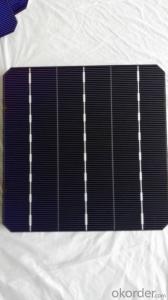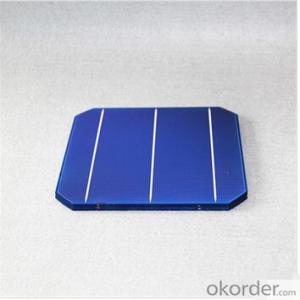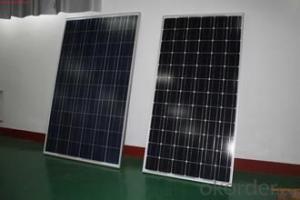Commercial Solar Cells
Commercial Solar Cells Related Searches
Photovoltaic Solar Cells Compact Solar Cells Residential Solar Cells Organic Solar Cells Large Solar Cells Electric Solar Cells Bulk Solar Cells High Efficiency Solar Cells Chinese Solar Cells Biogenic Solar Cells Solar Energy Cells Free Solar Cells Aerospace Solar Cells Chipped Solar Cells High Performance Solar Cells Plant Based Solar Cells Foldable Solar Cells Printed Solar Cells Printable Solar Cells Crystalline Solar Cells Cheap Solar Cells Buy Solar Cells Affordable Solar Cells Solar Cell Module High Quality Solar Cells Lightweight Solar Cells Raw Solar Cells Low Cost Solar Cells Custom Solar Cells Better Solar CellsCommercial Solar Cells Supplier & Manufacturer from China
Commercial Solar Cells are a type of photovoltaic technology that is widely used in various industries and applications. These cells convert sunlight into electricity, providing a clean and renewable energy source for commercial and industrial purposes. They are designed to be efficient, durable, and reliable, making them an ideal choice for businesses looking to reduce their carbon footprint and energy costs.These solar cells are commonly used in large-scale solar power plants, commercial rooftop installations, and other applications where a significant amount of electricity is needed. They are particularly well-suited for situations where there is ample sunlight and space available for installation, such as in desert regions or on large commercial properties. The versatility of commercial solar cells allows them to be integrated into various systems, making them a popular choice for businesses seeking to harness the power of the sun.
Okorder.com is a leading wholesale supplier of commercial solar cells, boasting a vast inventory of high-quality products. They offer a wide range of options to cater to the diverse needs of their customers, ensuring that they can find the perfect solar cells for their specific applications. With their extensive selection and competitive pricing, Okorder.com is the go-to source for businesses looking to invest in commercial solar cells.
Hot Products




